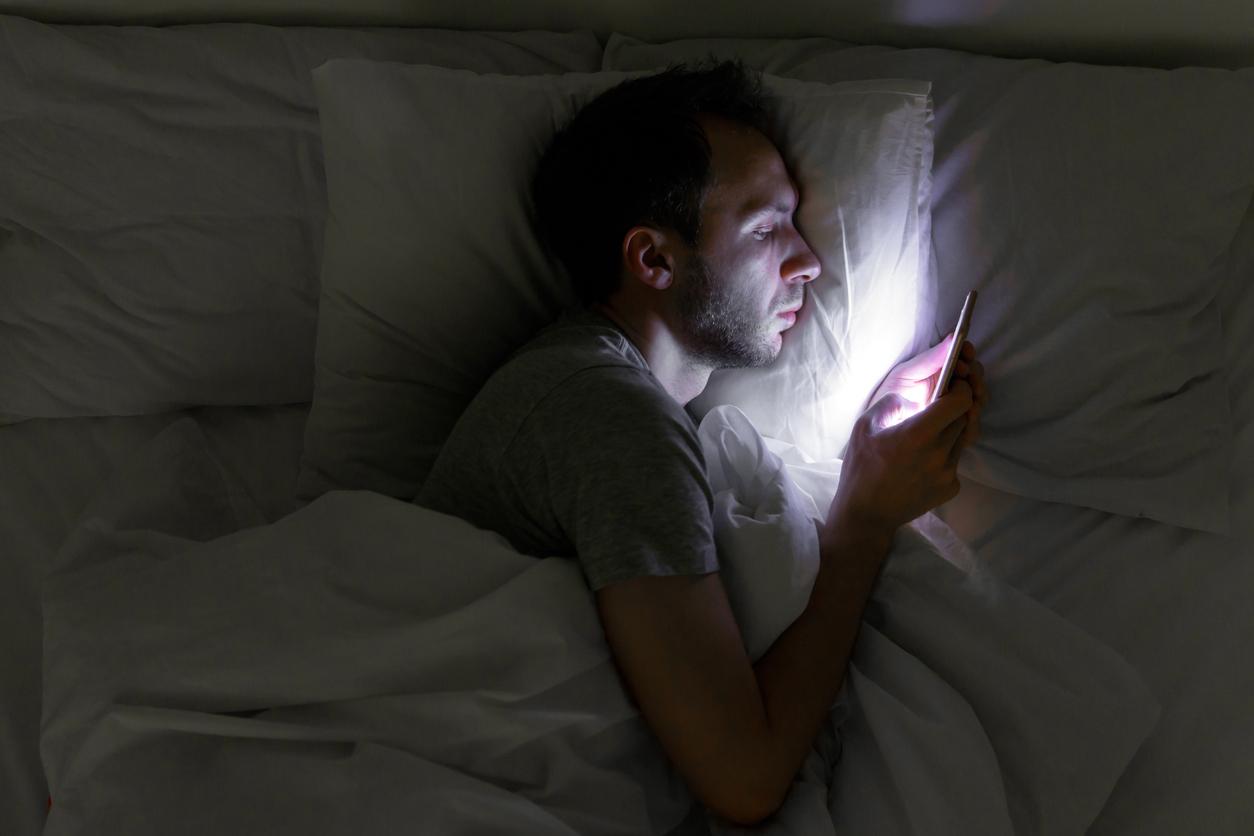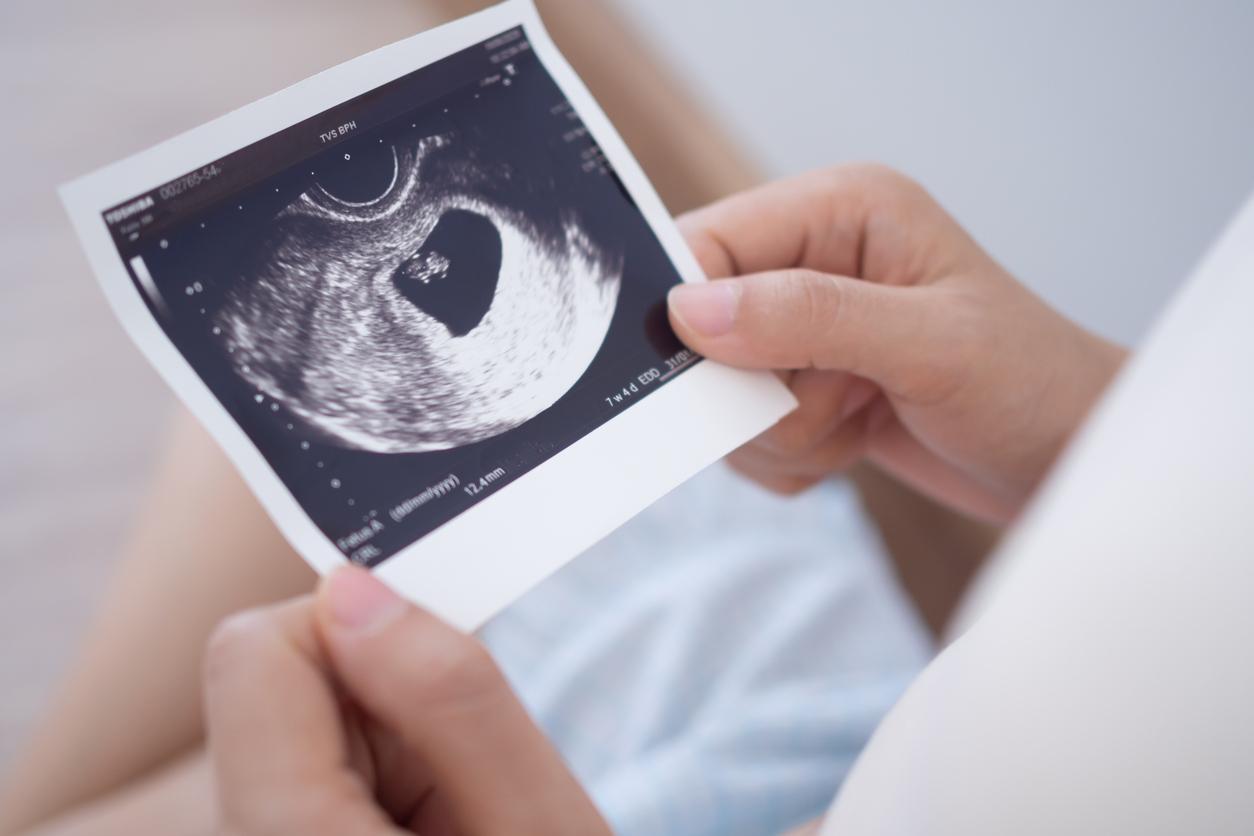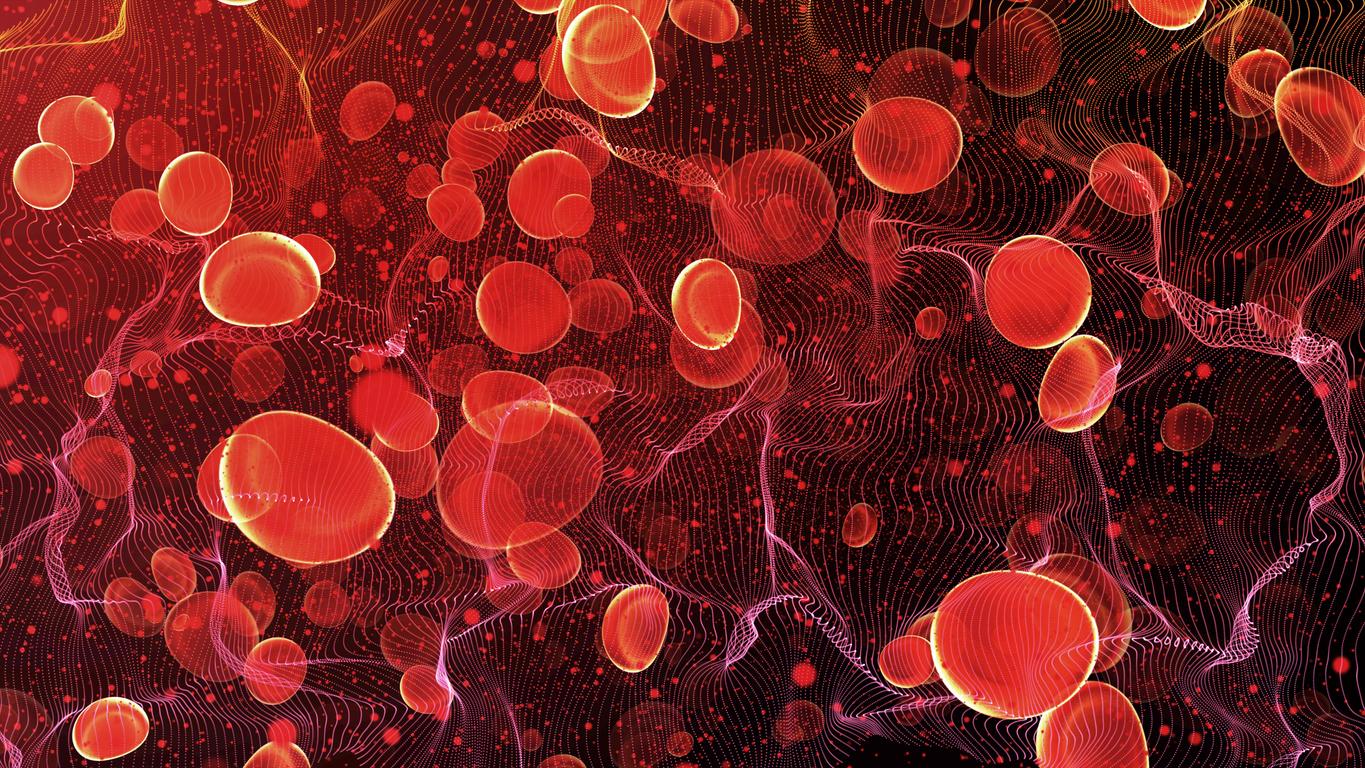The light from streetlamps entering through the window, the light emitted by screens, lamps, so many sources of nocturnal light that would have an influence on the female reproductive cycle. In addition, certain illnesses such as cancer, diabetes and depression have also been linked to turning on lights at night, causing us to sleep in the dark.
The American and Japanese researchers carried out a study on mice to observe the impact of artificial lights on the biological clock. In their experiment, the scientists found that a disturbance of biological clock had no effect on the fertility of young mice, while the pregnancy rate in middle-aged mice declined drastically because of these disturbances. 71% of older mice who did not have a disturbance in their body clock were able to get pregnant, compared to only 10% of mice with a body clock disturbed by light. They also noticed that the fertility of mice could be restored if they slept according to their body clock times.
The researchers explain that although the study was conducted in mice, a clock disturbed could have comparable effects on fertility in women. Since the biological clock is regulated by the sun, exposure to artificial light could upset it. Avoiding artificial light in the evening could therefore promote fertility, and especially in older women. These findings are particularly relevant given that one in seven women struggles to get pregnant and in many cases the reasons for these difficulties are unknown.
“In modern society, women are exposed to a lot of environmental disturbances that play a role in fertility problems,” says study author Dr. Gene Block of the University of California Los Angeles. (United States).
He adds that the mouse model shows that changing criteria such as evening light, meal times and work schedules that can lead to irregular sleep schedules could boost fertility. The results of the study are published in the journal Cell Reports.
Read also: Baby craving: 3 plants that boost fertility
The best diet to boost your fertility
Fertility: the environmental factors that lower it
















